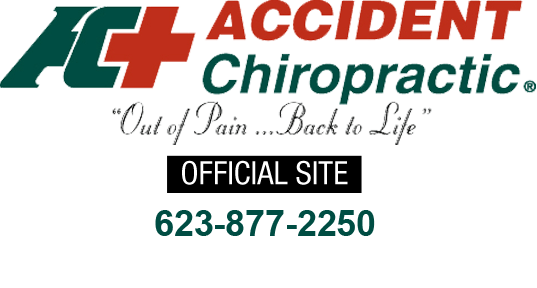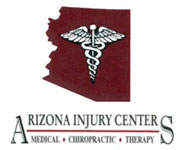Common Sports Injuries: Treatment and Rehabilitation
You're playing an afternoon pickup game of basketball with a few old friends. You steal the ball, streak across the court, and do a perfect layup. The ball goes swish through the net, and you feel the rush of victory-until you land on the side of your ankle. You don't hear a crack, but when you try to stand, you feel a shooting pain in your ankle.
You are the victim of a common sports injury.
Any time you play sports, you run the risk of injury. Here, we'll go over a few of the most common injuries. We'll also explain relevant treatments and rehabilitation tips so you can get you back on your feet and in the game.
Ankle Sprain
Sprains are one of the most common sports injuries. They are different from breaks because they don't involve broken bones. A sprain is an injury to the soft tissues of the body. Sprains generally occur when you twist your ankle inward and stretch the ligaments on the outside of your ankle.
Sometimes it's difficult to tell the difference between a rolled ankle and a sprained ankle. If you still feel pain after a couple of days, you should have a doctor look at it.
Treatment: Follow the RICE method (Rest, Ice, Compression, and Elevation). Take over-the-counter pain medication if necessary.
- Rest: Most injuries only require 48 hours of rest. If you still feel pain after that time, call a doctor.
- Ice: Apply an ice pack to the injured area as soon as possible after the injury. Afterward, apply the ice to the area for 10-20 minutes three times a day. The cold reduces swelling and pain.
- Compression: Wrap the injured area with a bandage to decrease swelling.
- Elevation: Keep the injured area above the level of your heart. It will minimize swelling.
Rehabilitation: Focus on low-impact exercises to strengthen your muscles without re-injuring your ankle. Try riding a stationary bike, doing static balancing exercises, and doing plyometrics.
ACL Strain
The ACL (anterior cruciate ligament) is a ligament located behind the knee between the thighbone and the shin bone. The ACL can stretch or partially tear, causing pain and swelling. You can damage the ACL by decelerating suddenly or pivoting in place without moving your feet properly.
Treatment: Apply the RICE method and take pain medication. If you suspect a serious injury, such as a tear, see a doctor. Torn ACLs often require surgery to completely heal.
Rehabilitation: Do low-impact exercises with weights to increase muscle strength. Focus on your hamstrings, quadrilaterals, and gluteal muscles.
Lower Back Pain
Many people experience lower back pain for a number of reasons. Poor posture, overexertion, and even lifting heavy objects the wrong way can result in acute pain. If you frequently misuse your back muscles, you can experience chronic pain.
Treatment: In the short term, the RICE method can be helpful. However, back pain tends to become a chronic problem if athletes don't develop good posture during physical activity. Learn proper posture for lifting weights, swinging a tennis racket, and shooting a basketball so you don't injure your back while you play.
Rehabilitation: Do core exercises to strengthen your chest, stomach, and back muscles so they can properly support your spine. Consult a chiropractor for physical therapy or adjustments if chronic pain persists.
Shin Splints
Overuse of calf muscles can cause shin splints. Shin splints are characterized by a burning or aching along the tibia. Hard exercise like long bouts of running on hard surfaces and repetitive jumping can cause shin splints. Excessive stress can even cause microfractures on the surface of the shin bone.
Treatment: Use the basics-the RICE method, pain medication, and stretching.
Rehabilitation: Rest for a day or so and take it easy during your exercise routine for a few days afterward. Build up your muscle strength using strength exercises. If you do have stress fractures, you may require a month to heal completely. If your pain lasts longer than a few days, consult a doctor and take an x-ray.
Tennis Elbow
Frequent use of the arm, forearm, and hand muscles can irritate the elbow's tendons, causing inflammation and pain. Sometimes repetitive use causes tiny tears as well. Sports like tennis and golf require heavier use of the elbow.
Treatment: If you feel elbow pain, take a few days off from playing to rest. Give the muscles and tendons time to heal on their own. You can also apply the RICE method and take over-the-counter medication to relieve pain and swelling.
Rehabilitation: Do forearm strengthening exercises like wrist curls, finger curls, and forearm stretches. These exercises will help you reduce strain on your tendons.
When to Call a Doctor
If you experience frequent, acute, or chronic pain, consult your physician. Your doctor may recommend chiropractic treatment or physical therapy to help your injury completely heal. For more information about injuries and treatments, consult our blog for regular updates.

